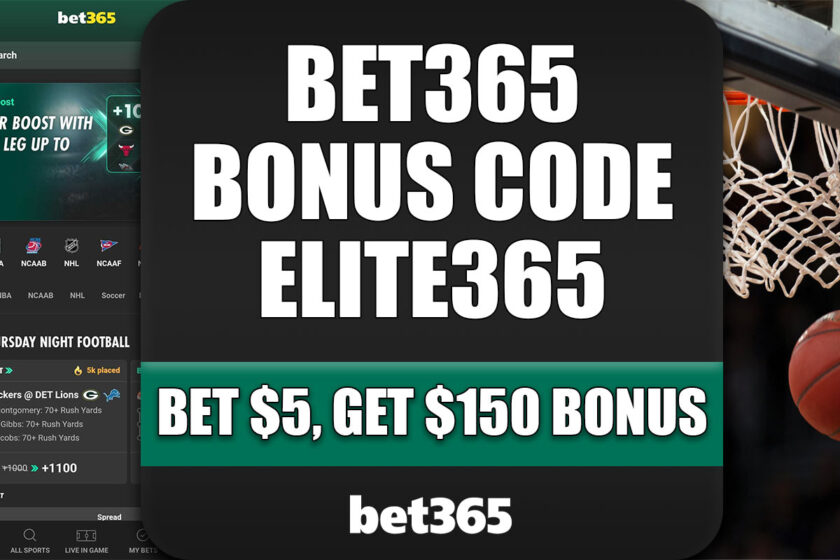New York Knicks NBA Draft profile: Duke forward RJ Barrett

RJ Barrett is a tantalizing prospect with great potential and pedigree. The New York Knicks may have a star within their reach on draft night.
[sc name=”Geoffrey Campbell Banner”]There is no spotlight too big for RJ Barrett. Amidst all his talent, measurables and hype, it’s Barrett’s poise and history on the big stage that may be most intriguing to the New York Knicks.
The Canadian-born prodigy has been playing with the national team since he was 16 years old and won a gold medal at the Under-19 World Championships when he was 17. In his one year at Duke, Barrett scored the most points ever by a freshman, including a career-high 33 points against Kentucky, and dropped the first triple-double by a Blue Devil since 2006 when he played against North Carolina State.
Now, the Maple Mamba is not without his flaws, but any 18-year old can improve in areas like shot-selection, defense and decision-making. Furthermore, Barrett’s team-first attitude and experience with playing with Zion Williamson certainly prepared him for the brights lights of the NBA. Add on his basketball pedigree, which includes being the son of both a professional basketball player and collegiate track & field athlete, and you have a prospect who seems poised to make an impact at the next level.
Let’s take a look at Barrett’s lone year at Duke from a statistical perspective and how his game translates to the NBA as well as his potential fit with the Knicks.
[sc name=”Knicks Title” text=”Scouting Report” ]Scouting reports from The Stepien, NBA Draft Room and CBS Sports all include similar strengths with regards to Barrett. The projected number three overall pick is an aggressive, and relentless player that used his physical tools to overpower the competition in college. At 6-foot-7, Barrett certainly has an NBA body that will continue to grow and get stronger.
In the open court, Barrett is deadly, as he is able to change speeds with ease, use the euro step and finish through contact at the rim. Per Matt Esposito’s piece for Off The Glass, Barrett accumulated 262 attempts at the rim and converted 64 percent of them. Additionally, according to Bart Tovik, although Barrett ranked ninth in attempts at the rim in NCAA, he ranked fourth in field goal percentage, and above Ja Morant.

Using ScoutwithBryan’s scouting report you can see that his vision in the pick and roll is an underrated skill. He can hit the roll man and as well as shooters in the corner. Barrett’s shooting form also looks mechanically sound, with the exception of the lower body, and it looks repeatable at the next level. Barrett’s rebounding, he averaged 7.6 rebounds per game, is also an underrated part of his skillset. Oringer even highlights Barrett’s tendency and ability to guard opposing fours instead of Williamson, succeeding in boxing them out.
Despite his strengths, in order to make the jump and realize his potential, Barrett will need to improve on his shooting, left-hand dominance, defense, and shot selection. Per College Basketball Reference Barrett shot 45 percent from the field, just over 30 percent from the three-point line, and 66 percent from the stripe. As a promising a prospect as Barrett is, watching him force shots early in the shot-clock had to be maddening for Duke fans.
Even though Barrett’s shooting numbers don’t inspire much confidence, his age and some historical context need to be provided. Esposito cites past NBA stars like Paul Pierce, Michael Redd and RJ Jefferson that shot low free throw percentages in college. Of course, most of them went on to have successful NBA careers, and those low free-throw percentages weren’t indicative of any future problems with shooting. Even former Knick Carmelo Anthony, in his lone year at Syracuse, shot just barely over 70 percent.
[sc name=”Knicks Title” text=”Fit with the Knicks” ]Depending on this summer’s high number of outcomes, I believe Barrett could be a great fit with the Knicks or somewhat of a clumsy one. As fans, we’ve heard all year long about Kevin Durant’s impending free-agency and rumors about Kyrie Irving. Yet, in reality, the Knicks have a growing number of young, talented but unproven players that need time to develop.
According to fox sports Barrett was top 25 in the NCAA in usage rate this past season. If the Knicks are planning to draft and develop Barrett, getting the most out of his skill set probably means giving him ball and allowing him to play-make during most possessions. While I’m sure Barrett has the ability to make plays on the wing in more of a secondary play-maker role, if you’re drafting him with the third pick, conventional wisdom probably requires putting him in the best position to evaluate his talent and potential as a star, rather than as a role player.
Criticize him all you want, but the Knicks did this with Kevin Knox, and despite his up-and-down season, the 19-year old looks poised to make a jump during his sophomore season. Furthermore, around the league, players like Trae Young, Luka Doncic and Donovan Mitchell have all impressed and improved with having the confidence from their coaching staffs and letting them learn and grow on the fly.

However, if the Knicks do hit their free-agency dream scenario by signing Kevin Durant and/or one of either Kawhi Leonard/Kyrie Irving, Barrett’s fit the Knicks is much more unclear. Obviously, they won’t know who they’re going to sign until after the draft, but the choice is not an easy one.
Certainly, if used in a trade for Anthony Davis, Barrett makes a lot of sense. The New Orleans Pelicans will be looking to upgrade at every position to acquire as much star potential as they can. Few would argue that there are many prospects outside of Barrett, at number three, with more potential.
But for the Knicks to optimize their chances at a championship, with two major talents and high-usage players such as Durant and Irving, a player with more complementary skills like DeAndre Hunter or Brandon Clarke might be the better pick. When you add All-NBA talent to your roster, it’s difficult to develop young players. The Toronto Raptors and Pascal Siakam might be one of the few examples of teams with All-NBA level talent that have still developed a young and up-and-coming star like Siakam.
[sc name=”Knicks Center” ]However, on the flip side, you have teams like the Boston Celtics. After just coming up short in the Eastern Conference Finals the Celtics struggled to mesh Kyrie Irving and Gordon Hayward with Jaylen Brown and Jayson Tatum. Both Tatum and Brown are still exciting talents, but you could make the argument that at least one if not both players took a step back in their development, after enjoying more offensive freedom and more of the ball during the previous season.
For the Knicks, player development is going to have to take a back seat if Durant and Irving are on the roster. Neither player is going to waste their prime years waiting on younger players to fit into a role or realize their potential. Our most recent dynasties in the Golden State Warriors and Miami Heat always drafted and signed complementary players to fit around their stars. If the Knicks hit the free-agency jackpot, most likely, they will have to do the same.
Overall, Barrett’s talent and fit in today’s NBA game is impressive. He’s likely to have the most star potential of anyone not named Zion Williamson in the top five. His ability to get to the hoop, finish through contact, and finish with efficiency is a skill needed for any modern forward. And as a player that has questions about his shooting percentage, I’m more than confident that his current mechanics and shooting form are a solid base from which to build.
Outside of Barrett, I can’t see too many players other than maybe Jarrett Culver giving him too much competition at number three. Barrett can be a major addition to the Knicks strong and developing young core. However, should the Knicks vault themselves into the top of the Easter conference with big free-agent signings, Barrett may find himself wearing a different jersey than the one he wears on draft night.
[sc name=”Twitter Follow Link” username=”@geoff_boy_ardee” ] [sc name=”Knicks Link Next” link=”https://elitesportsny.com/2019/06/07/new-york-knicks-brooklyn-nets-the-battle-for-the-big-apple/” text=”The New York Knicks & Brooklyn Nets: The Battle For The Big Apple” ]




